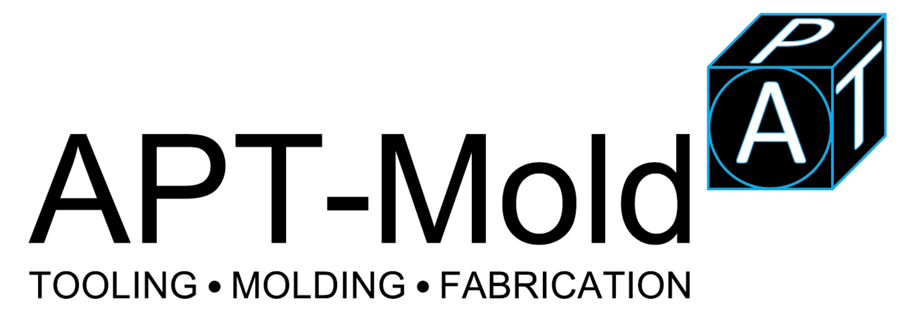Prototypes form an important part of the study, research, and development process. These developed prototypes help with pre-production testing and help identify possible problems due to design flaws. Previously, creating a model prototype was an extremely expensive process and also took too much time. But with the help of computerized numerical control (CNC), the speed at which a prototype is developed has increased. With rapid prototyping, this time span has been shortened from a few days to a few hours.
With the latest technological advances, the rapid creation of CNC prototypes can be done faster than ever before. CNC machines can generate three-dimensional prototypes in just a few days compared to the previous methodologies of the past. With the latest software programs capable of running these machines, you can create any project or specification of one of the designs according to the specific requirements.
The CNC rapid prototyping results include selective laser sintering (SLS), stereolithography (SLA), RTV tools, injection molding, hybrid tools, and direct metal laser sintering (DMLS). Under these options, you can basically develop any part, shape, etc. Utilizing the rapid prototyping processes, top-notch engineers can make a dream come true.
However, the need for speed can lead to a loss in other categories. The need to develop parts in a short time is compensation. Producing at speed causes fewer layers of resin in certain parts; therefore, the detail of these parts will be lower. The compensation for the speed is in the detail. You just have to decide which ones you prefer.
The sintering process can produce parts that can be used directly when leaving the machine. Customers no longer have to build the parts, they just have to create assemblies. Using this type of process, the companies can get the output with lower costs and in less time.
Stereolithography uses a laser (UV) to polymerize the resins. The laser builds up the product in layers. The final product is usually yellow-white and can end up with a variety of different surfaces.
Selective laser sintering (SLS) is the same as SLA, but instead of resin, a powder is soaked by the laser. The powder is spread on a heated table and the laser delivers even greater heat to achieve the desired shape of the final product. Nylon can be used in this process, among other things. The final product can be completed with a variety of finishes and colors.
Direct Metal Laser Sintering (DMLS) also uses a lamination process to produce the final product. In this method, the metal powder is used, which is then spread on a plate and sintered with a laser beam according to the specifications of the software file.
As specified above, CNC rapid prototyping actually involves some advanced technologies and this form of technology can be useful to various sectors in today’s society. Not everyone can operate these machines. Well-trained and highly skilled staffs are needed, usually with technical experience to produce these products utilizing these machines.
CNC technology when combined with high-tech computer programs, can create virtually anything anyone can ever dream of.
